
My truck in between two trucks that are considered “small” at the Beaverhead County Auction
At four weeks into my internship, I’ve gone a lot of different places — and yet I’ve barely scratched the surface of all there is to see in the area.

Lunchtime on the Big Hole River
My first week on the job, I got to assist the wildlife tech in conducting bird surveys all around Beaverhead County. Not only did she help to acquaint me with the local geography, she also taught me a lot about birds. As we drove around we stopped to check on eagle fledgelings in their nests, curlews cohabiting with cattle, and sage grouse strutting their stuff at the crack of dawn. We were able to observe abundant antelope, bunnies, prairie dogs, coyotes and pelicans (?!!) in the process.
She also humored me quite a bit and stopped the truck whenever I spotted a little somethin’ special on the side of the road.

Mesmerized by glitter rock lichens

Captivated by Oenothera caespitosa

Enchanted by Allium textile
Coming primarily from a botany background, my knowledge has already been quite stretched by the interesting flora of this new-to-me-place, in addition to learning more about southwest Montana wildlife, geology, biological soil crusts, ecology, land use, and the various monitoring methods that help to inform land management decisions.

Positively fritillated by Fritillaria atropurpurea…

…and Fritillaria pudica.

Leucocrinum montanum, the beautiful mountain star lily. Its ovaries are underground!
This week, I’ve been going through orientation and safety training with all of the other seasonal field technicians. I’ve picked up and refreshed a number of practical skills in the process, including a first aid certification, defensive driving training, emergency field procedures, bear spray training, tire changing, and…

…you betcha, a UTV driver’s certification.
My priority while I’m out here is to make collections for the Seeds of Success (SOS) program. After that, I will be assisting my mentor with sensitive plants monitoring and the range technicians with meeting their monitoring goals.

Astragalus scaphoides, a species of concern in Beaverhead County

Phlox hoodii, a potential SOS plant

Mertensia oblongifolia, another potential SOS plant
After this week’s safety orientation and training, I will be fully equipped to go out to the field and start meeting my objectives.
Until next time,
Stellaginella










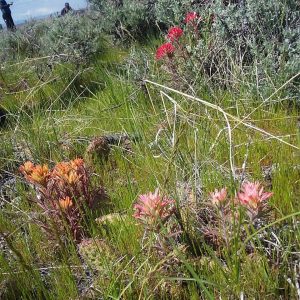
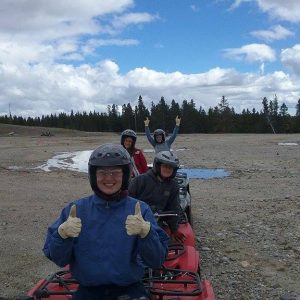
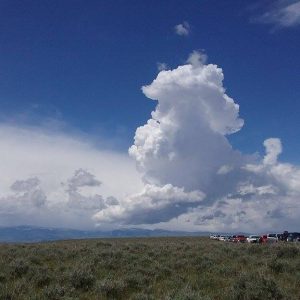

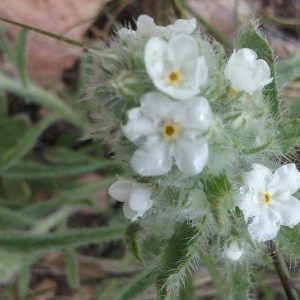
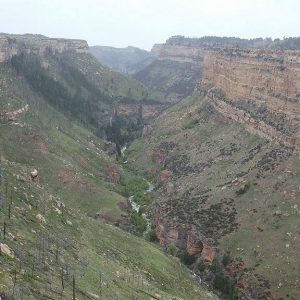








 pulation after a long days work, and later mapped it out in ArcMap. It is so rewarding and interesting to see exactly where it is on a map after being there all day. I’m really excited to learn more about GIS. Now that I’ve received my access card, here in my SIXTH week, I can start working with our wonderful GIS wizard at the BLM.
pulation after a long days work, and later mapped it out in ArcMap. It is so rewarding and interesting to see exactly where it is on a map after being there all day. I’m really excited to learn more about GIS. Now that I’ve received my access card, here in my SIXTH week, I can start working with our wonderful GIS wizard at the BLM.












